- Oblivion
- The Lion King
- Rogue One: A Star Wars Story
- The Irishman
- The Midnight Sky
- Bullet Train
- War for the Planet of the Apes
- Red Notice
- The Batman
- Ford v Ferrari
- Ghost In The Shell
- To Gun: Maverick
A few highlights
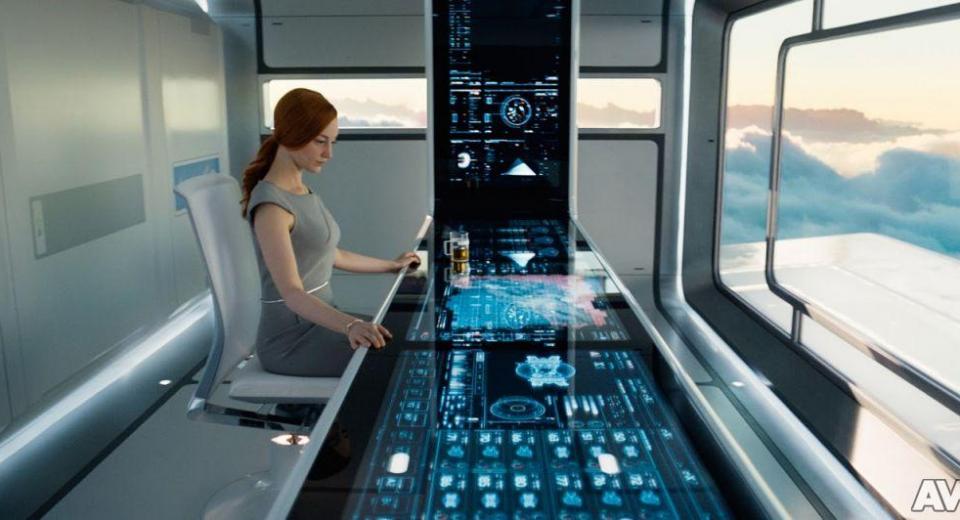
Oblivion – “the floors, walls, and ceilings of the towers were physical set pieces, but the surrounding sky and clouds were created using projectors on a wraparound backdrop that allowed the actors to see and react to the backgrounds in real-time, rather than acting with a green screen and having the imagery added in post-production”.

The Irishman – “ILM used special cameras to create virtual reproductions of the same sets and locations that the actors were going to be in, which allowed the actors to shoot their scenes in a mostly traditional manner. Afterwards, the effects team had all the data they needed to go in and do all the digital work of aging them appropriately for whatever point in history a particular scene took place in and tweak it all within the virtual camera system. It also allowed for digital reshaping of the actors’ bodies to make them thinner when their characters were supposed to be younger, and heavier as they aged”.
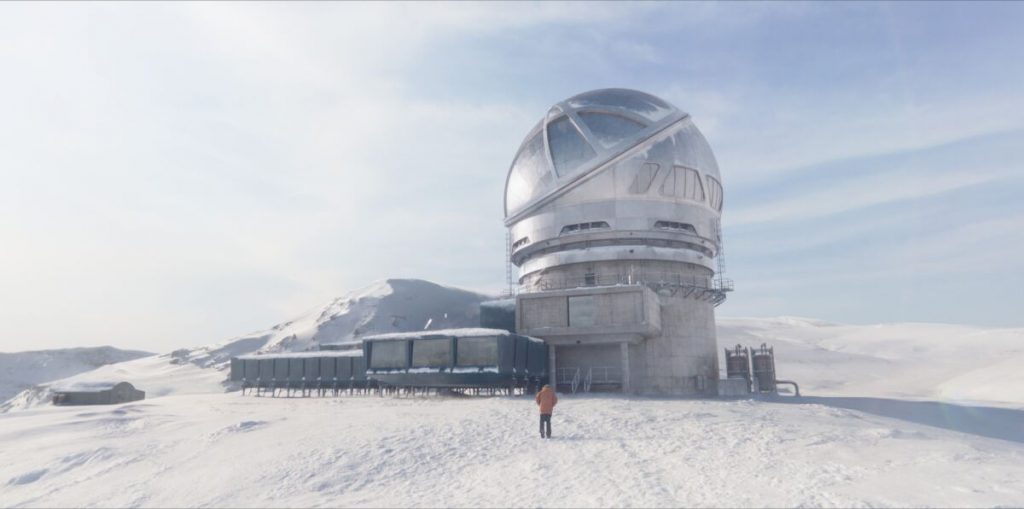
The Midnight Sky – “first, it was used early in the movie, when wraparound LED screens accomplished the effect of Augustine looking out from an observatory at the vast arctic wilderness that surrounded it. And those screens — still surrounding a physical observatory set — were used later in the film for use in communicating with a spaceship. In addition to just allowing for a more believable and immersive effect for both the actors and the audience, this technology was also used in part because “The Midnight Sky” was planned to have a wide IMAX theatrical release as well, which didn’t pan out as a result of the COVID-19 pandemic, though a few special IMAX screenings of the movie did go ahead toward the end of 2021″.

Bullet Train – “the flashes of the Tokyo skyline that are constantly lighting up the train’s windows were achieved via 98′ LED walls that the physical train set is sitting between (per Befores & Afters). The custom-made screens could either stretch out and run the entire length of the full set of train cars, or they could be wrapped around an individual car when the windows at the ends of a car needed to be shown, and the footage could be adjusted accordingly so it looked like the train was moving toward or away from its destination. This meant that the director never had to worry about staging scenes in such a way that the edges of a green screen weren’t showing, and the action could be shot from literally any angle and not break the illusion that it was taking place on a train speeding through Tokyo”.
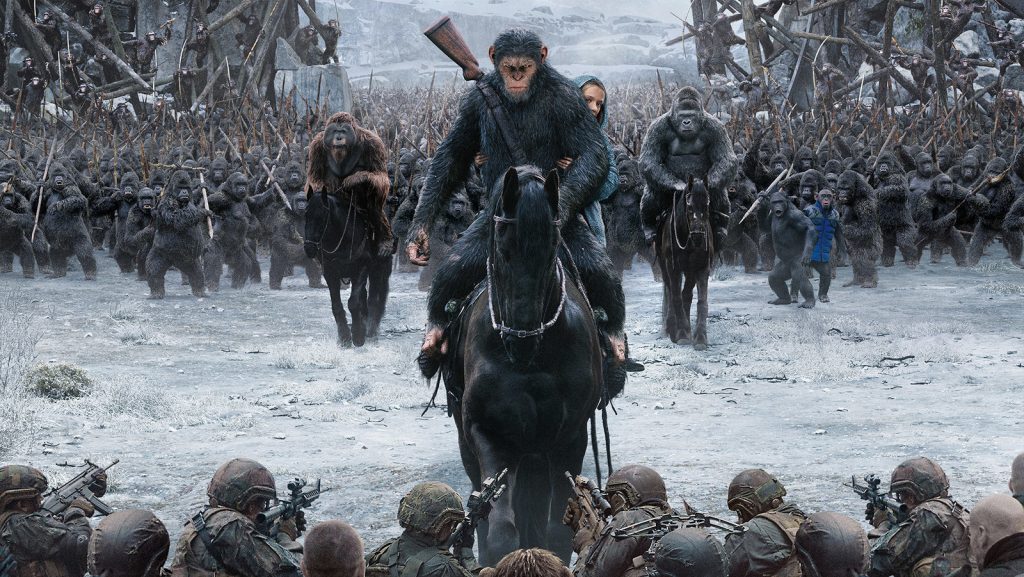
War for the Planet of the Apes – “[it] had massive set pieces that saw entire armies of the beasts filling the screen at various points. To accomplish that, the usual method of an actor performing the scenes and then having them turned into an ape later on in post-production didn’t cut it. Per FX Guide, virtual sets were utilized that allowed for a much greater number of apes on screen than ever before, and on a scale previously unheard of for this type of film”.
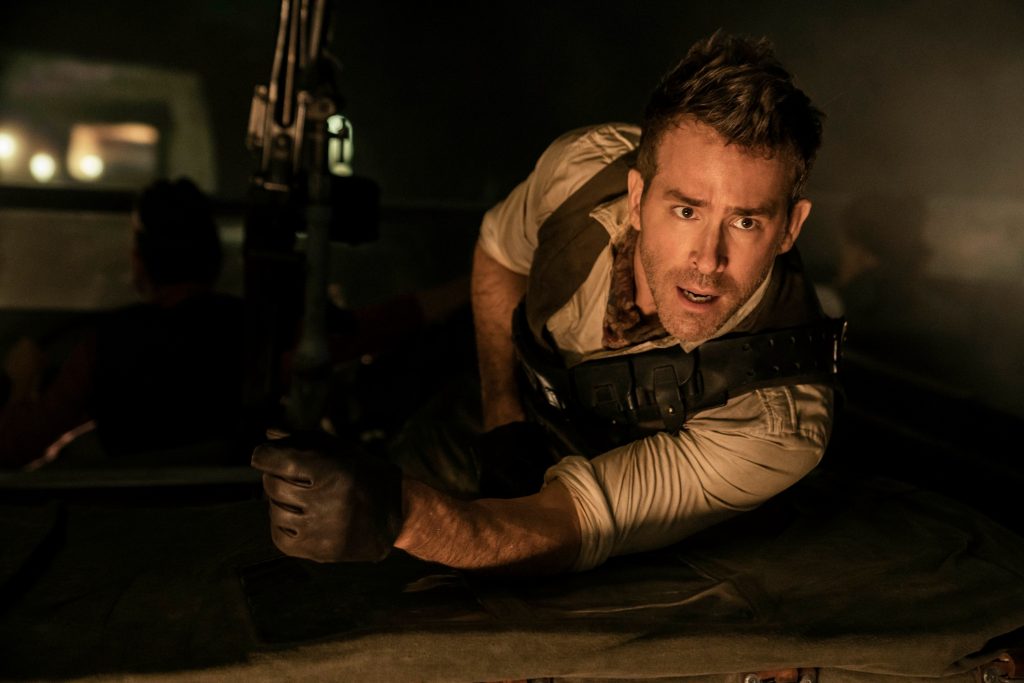
Red Notice – “[Lux Machina] went all out for “Red Notice,” giving the production multiple LED walls, an LED ceiling, and several smaller mobile screens that could be moved and positioned as needed. This facilitated scenes like the moving train fight between Johnson and Reynolds, Johnson climbing around on the outside of a helicopter, and a scene where Johnson and Gadot are on a boat. It’s easy to see how Netflix was able to secure the very busy trio of stars for two “Red Notice” sequels, given that the films can be shot almost entirely in a single studio and don’t require traveling to different sets and locations which requires a much bigger time commitment than virtual productions do”.
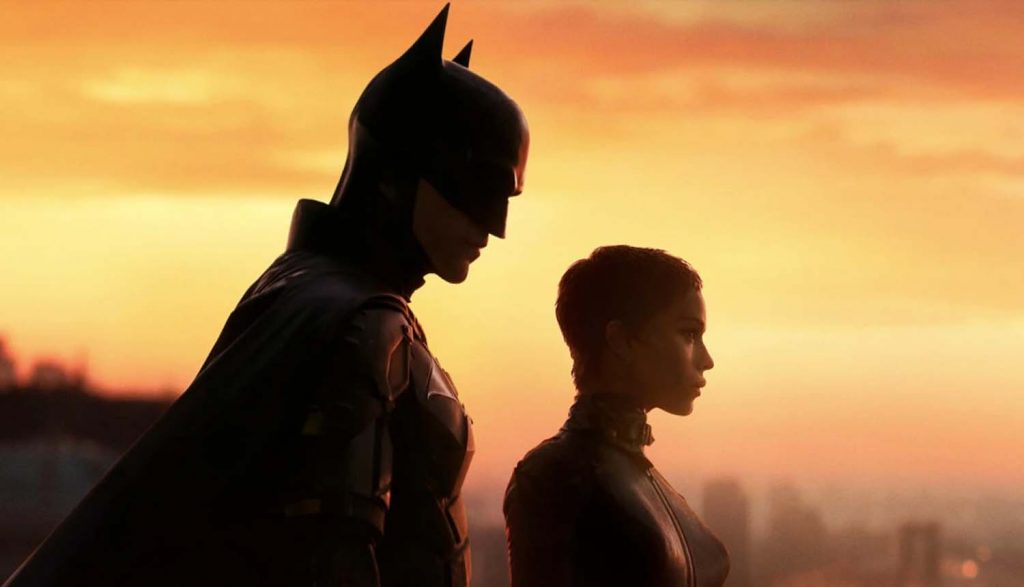
The Batman – “[it] relied heavily on fabricated sets or used a real city like Chicago to stand in for Gotham, for “The Batman,” it was decided to construct much of the famed home of Bruce Wayne within virtual sets, as explained in a “The Making Of” YouTube clip released by HBO Max. In addition, virtual sets do away with the need to try and capture certain times of day in the limited amount of time they exist in real life, so a scene that is to take place at dusk with Gotham bathed in beautiful orange hues can take all the time it needs to get it right since virtual sets can have a sunset last as long as it needs to”.

Ford v Ferrari – “they heavily utilized Unreal Engine … It allowed the effects team to go in and tweak camera angles and other aspects of the races in real-time, in addition to adding various effects to make the cars appear to be racing in the rain, at dawn, and so on. Unreal Engine also played a large part in giving everything an appropriately stylized look, allowing it to more directly match the traditional footage in a way that would’ve proven much more difficult with regular digital effects”.
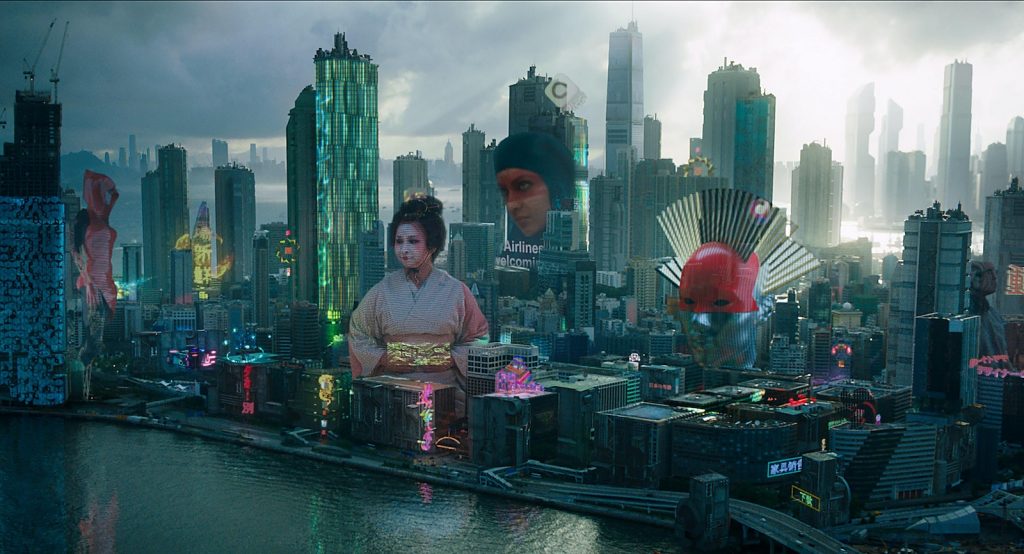
Ghost In The Shell – “One of the defining characteristics of the world of the film is its futuristic cityscape full of cyberpunk skyscrapers and holographic advertisements called Solograms. With nearly 400 Solograms created by effects company MPC who then scattered them around the virtual city that was used as the movie’s setting (per CNet). The scale of the 3D images created for the movie was unprecedented at the time, so much so that MPC had to develop an entirely new set of software tools specifically for “Ghost in the Shell” just to handle the monumental task”.
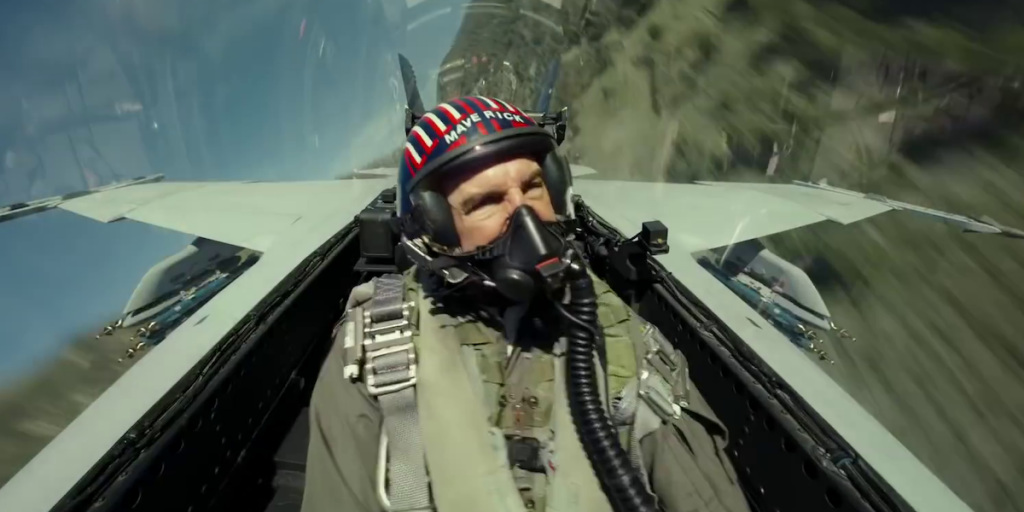
Top Gun: Maverick – “it was largely used to bring together and properly put on screen the real footage that was shot, rather than completely fabricated things from scratch with digital effects. In particular were the close-ups and the cockpit views, as revealed by “Maverick” production VFX supervisor Ryan Tudhope in an interview with AWN, as it would’ve been nearly impossible to mount a camera onto a fighter jet that is screaming through the air and doing elaborate aerial maneuvers that could still cleanly catch the pilot’s facial expressions and the like. That was one of the ways virtual sets most prominently came into play on “Maverick,” in addition to just basic cleanup of existing shots and footage.”
Source: Looper


